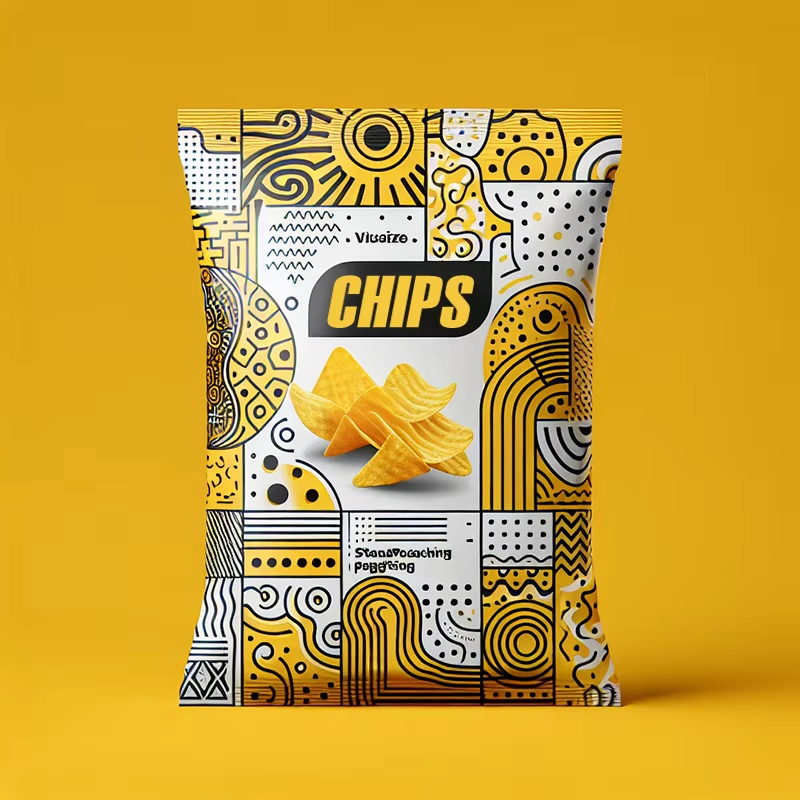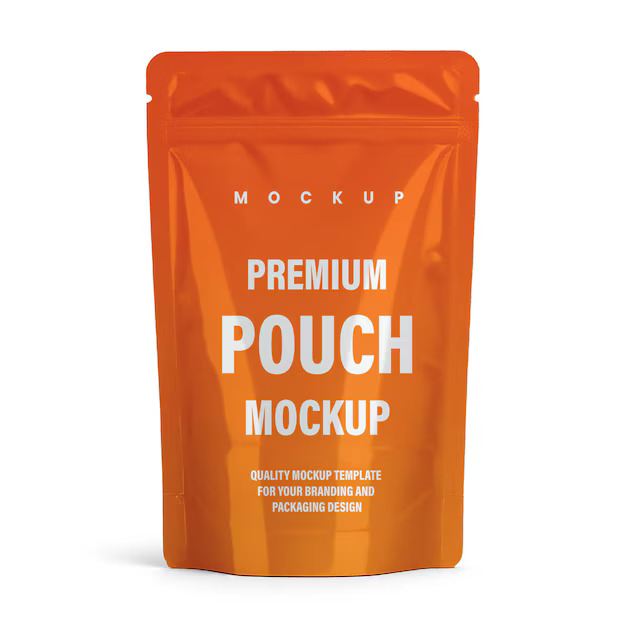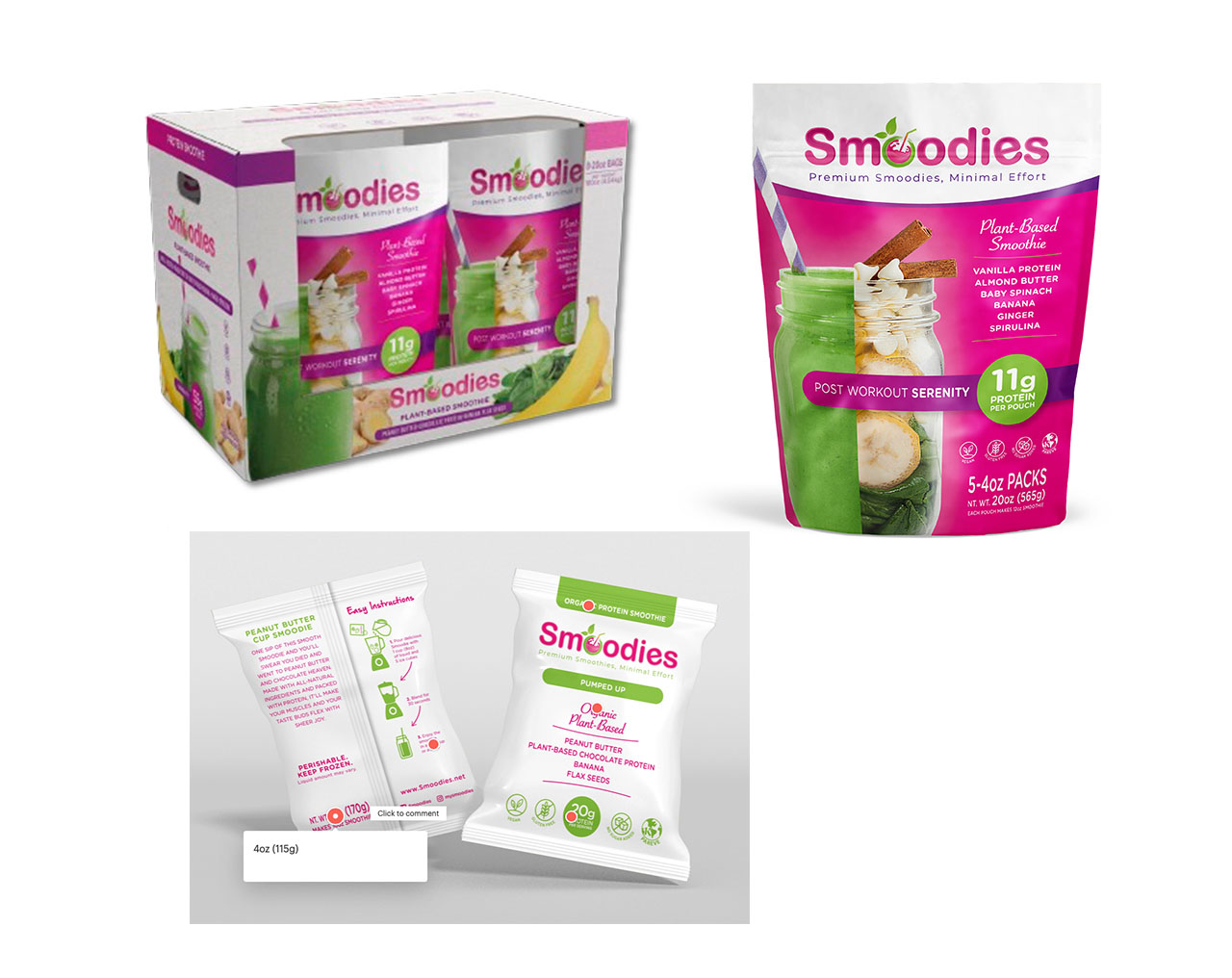Digital printing on packaging bags refers to the process of using digital technology to print graphics, text, and images directly onto various types of packaging bags. This method offers several advantages over traditional printing methods like flexography or gravure printing. Here's an overview of digital printing on packaging bags:
Customization: Digital printing allows for high levels of customization. You can easily change designs, colors, and text without incurring significant setup costs. This makes it ideal for small to medium-sized print runs where each bag may need a unique design or personalization.
Short Runs: Unlike traditional printing methods that require expensive plates and setup, digital printing is cost-effective for short print runs. This means you can order smaller quantities of packaging bags without breaking the bank.
Quick Turnaround: Digital printing has a shorter setup time, which leads to quicker turnaround times. You can get your packaging bags printed and ready for use in a relatively short period.
Variable Data Printing: Digital printing allows for variable data printing, which means you can print unique information on each bag, such as barcodes, QR codes, sequential numbering, or personalized messages. This is particularly useful for promotional or marketing campaigns.
High-Quality Graphics: Digital printing offers high-quality print resolution, which means your packaging bags can feature intricate designs, vibrant colors, and fine details.
Reduced Waste: Traditional printing methods often produce more waste during setup and testing. Digital printing reduces waste because it doesn't require printing plates or extensive setup.
Prototyping and Proofing: Digital printing is excellent for creating prototypes and proofs. You can see how your design will look on the actual packaging bag before committing to a large print run.
Cost-Effective for Multiple Versions: If you need multiple versions of your packaging (e.g., different flavors or product variants), digital printing allows you to produce these variations economically.
Environmentally Friendly: Digital printing generates less chemical and material waste compared to some traditional printing methods, making it a more environmentally friendly option.
Materials: Digital printing can be applied to various types of packaging materials, including paper, plastic, fabric, and more. However, the compatibility of the material with digital printing technology may vary, so it's essential to select the right material for your needs.
Lamination and Finishing: After digital printing, packaging bags can undergo additional processes like lamination (for added durability) and finishing options such as spot UV, embossing, or foil stamping for enhanced visual appeal.
Cost Considerations: While digital printing is cost-effective for short runs and customization, it may become less cost-effective for very large print runs. For such cases, traditional printing methods might be a more economical choice.
When considering digital printing for packaging bags, it's essential to work with a reputable printing service that specializes in digital printing to ensure the best results for your specific needs. Additionally, consider the type of packaging material, design requirements, and budget constraints when making your decision.
Advantages of Digital Printing
Digital printing on packaging bags offers several advantages compared to traditional printing methods like offset or flexographic printing. Here are some of the key advantages of digital printing for packaging bags:
High-Quality Graphics: Digital printing produces high-resolution images and vibrant colors, allowing for intricate and detailed designs. This is especially important for packaging where the visual appeal can influence purchasing decisions.
Cost-Effective for Short Runs: Traditional printing methods require expensive setup costs, making them less cost-effective for small production runs. Digital printing eliminates the need for plates and setup, making it ideal for short runs or on-demand printing.
Quick Turnaround: Digital printing does not require as much preparation time as traditional printing methods. This means shorter lead times and quicker delivery, which is crucial for time-sensitive projects or product launches.
Variable Data Printing: Digital printing allows for variable data printing, which means you can easily customize each packaging bag with unique information, such as barcodes, QR codes, serial numbers, or personalized text, without incurring extra costs.
Reduced Waste: Since there are no printing plates or setup materials involved, digital printing generates less waste, making it a more environmentally friendly option.
Prototyping and Testing: Digital printing is excellent for prototyping and testing different designs before committing to large print runs. This can save costs and help ensure the final packaging design meets your requirements.
Color Consistency: Digital printing offers precise color matching and consistency across multiple print runs, ensuring that your branding remains consistent over time.
Short-Run Customization: If you have a range of products or variations of a product, digital printing allows you to create unique packaging for each SKU or version, enhancing product differentiation.
No MOQ: Traditional printing methods often have MOQ quantity requirements. Digital printing, on the other hand, enables you to print as few or as many packaging bags as you need, reducing the risk of overproduction.
Reduced Storage Costs: With digital printing, you can print packaging bags as needed, eliminating the need for large storage spaces to house pre-printed bags.
Quick Design Changes: If you need to make last-minute design changes or updates to packaging, digital printing allows for quick adjustments without incurring significant costs.
Improved Proofing Process: Digital printing makes it easier to proof and review designs before printing the final batch, reducing the likelihood of errors in the final product.
Cost-Effective Versioning: If you have multiple versions of a product or different marketing campaigns, digital printing can efficiently accommodate versioning without the need for separate print runs.
 Sustainable Shift: The Rise of Biodegradable Packaging Materials in the Food Industry
Sustainable Shift: The Rise of Biodegradable Packaging Materials in the Food Industry
 The Impact of Modified Atmosphere Packaging on Food Preservation
The Impact of Modified Atmosphere Packaging on Food Preservation
 Unveiling the Advantages of Tattoo Tint Packaging: A Perfect Blend of Sustainability, Style, and Functionality
Unveiling the Advantages of Tattoo Tint Packaging: A Perfect Blend of Sustainability, Style, and Functionality
 The Evolution of Food Packaging: From Pouches to Display Boxes
The Evolution of Food Packaging: From Pouches to Display Boxes